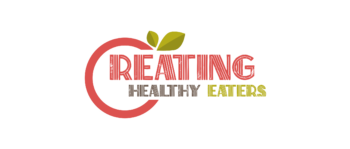
In recent years, 3D printing technology has made significant advancements in the field of healthcare, particularly in the realm of surgery. One of the most groundbreaking applications of 3D printing in surgery is the creation of custom implants and prosthetics. This innovative approach has revolutionized the way surgeons approach complex cases and has opened up new possibilities for personalized patient care.
The Rise of 3D Printing in Surgery
Traditional methods of creating implants and prosthetics often involve a one-size-fits-all approach, which may not always be the most effective or comfortable solution for patients. With 3D printing, surgeons can now design and produce custom implants and prosthetics tailored to the specific anatomy of each individual patient.
By utilizing advanced imaging techniques such as CT scans or MRIs, surgeons can generate detailed 3D models of the patient’s anatomy. These digital models can then be used to create precise designs for implants and prosthetics that perfectly match the patient’s unique anatomical structure.
Benefits of Custom Implants and Prosthetics
- Precision: Custom implants and prosthetics are designed with precision to fit the patient’s anatomy perfectly, reducing the risk of complications and improving overall outcomes.
- Comfort: Customized implants and prosthetics are more comfortable for the patient as they are specifically tailored to their body, resulting in better functionality and mobility.
- Personalization: Patients can benefit from a personalized approach to their treatment, leading to a higher level of satisfaction and confidence in their healthcare providers.
- Complex Cases: In cases where traditional implants or prosthetics may not be suitable, 3D printing allows for the creation of intricate and specialized solutions that address the specific needs of the patient.
Future Implications of 3D Printing in Surgery
As 3D printing technology continues to evolve, the potential applications in surgery are limitless. Surgeons are now able to create patient-specific models for preoperative planning, practice complex procedures, and even simulate surgeries before they take place.
Furthermore, the ability to rapidly prototype and customize implants and prosthetics on-demand has the potential to significantly reduce lead times and costs associated with traditional manufacturing processes. This could ultimately make personalized healthcare more accessible to a wider range of patients.
Overall, 3D printing in surgery represents a paradigm shift in the way medical professionals approach patient care. By harnessing the power of technology to create custom solutions, surgeons can offer their patients a level of care and precision that was once thought impossible.
With ongoing research and development in this field, the future of surgery looks brighter than ever, thanks to the transformative impact of 3D printing.





